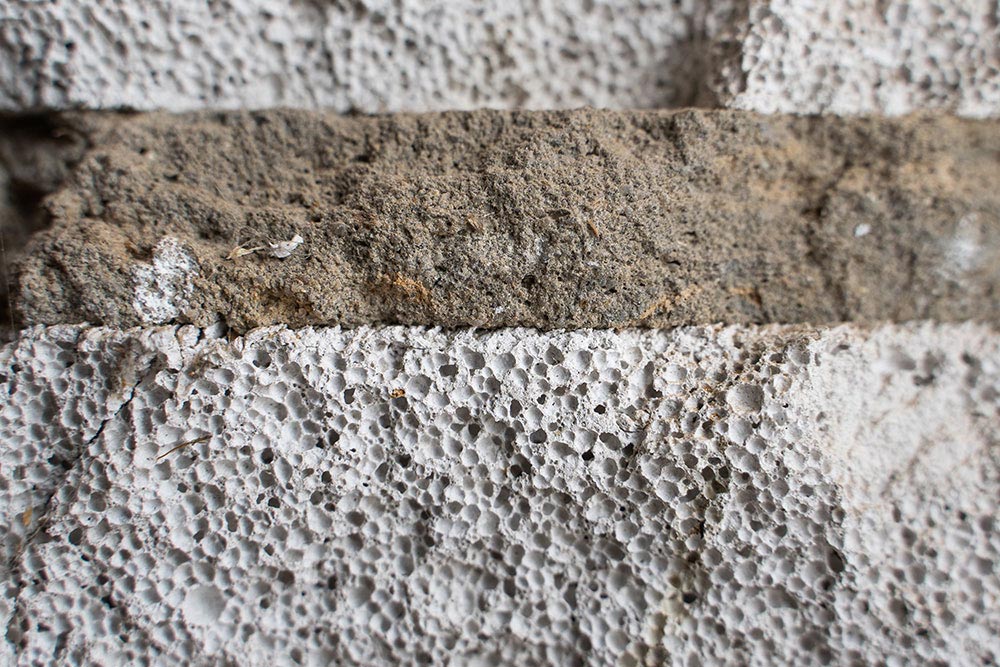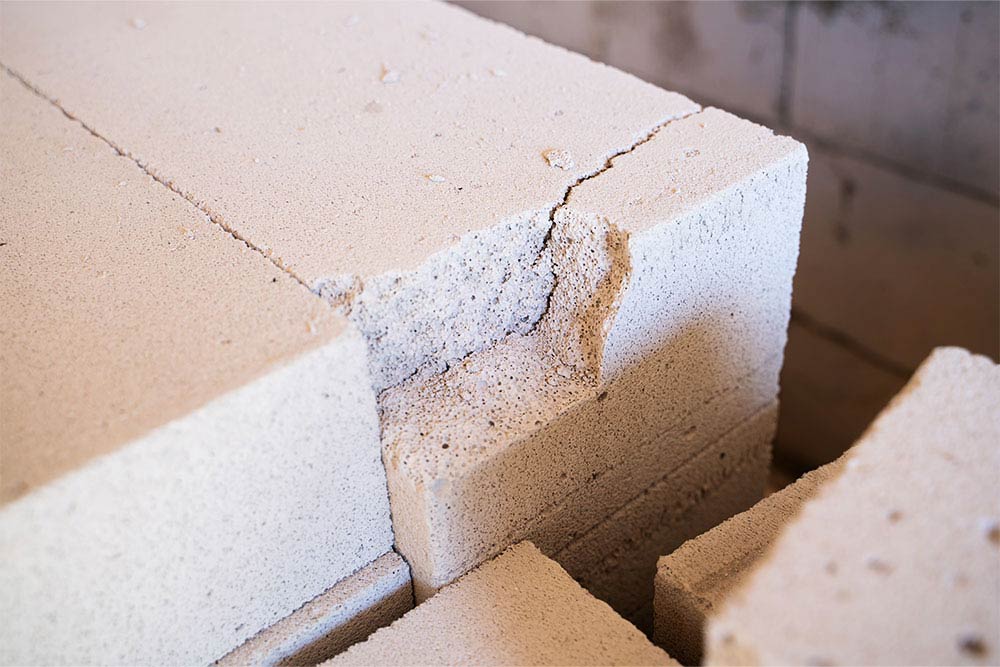
Yes, it can. And there have been multiple reports of it happening:
The roof of a school building constructed with RAAC panels suddenly collapsed in July 2018. Thankfully, the incident occurred over a weekend, so the building was empty.
Another school roof collapsed in November 2021 for the same reasons. This time, it was during the school day. All 15 schoolchildren present, along with their teacher, were injured.
The failure of RAAC panels caused yet another roof collapse in July 2023. Just like the previous incidents, there was no warning.
Authorities have finally recognised the risk that Reinforced Autoclaved Aerated Concrete (RAAC) poses.
Certain buildings – most notably schools – are currently undergoing emergency work to reinforce, repair or replace sections of the premises that feature RAAC.
With RAAC now an immediate concern for schools and local authorities, you’re probably asking what it is and how such an unsafe material might have been widely used.
We answer these questions and provide guidance on what you should do if you suspect it is in a building you’re responsible for.
What is RAAC?
Reinforced autoclaved aerated concrete is a lightweight alternative to traditional reinforced concrete. It’s most commonly used in flat roofs but can also be found on walls and floors.
It’s aerated, which means it is filled with small air pockets. This makes the material lighter and easier to use. But it is also significantly less durable than other concrete.

The air pockets allow rain and moisture to seep into the material, causing it to degrade over time. Rebar or similar reinforcement materials in the RAAC can also decay or rust due to moisture, further weakening it and limiting its lifespan.
Bitumen or other materials often prevent moisture from absorbing into RAAC. However, these coatings are insufficient and degrade over time, exposing it to the elements.
Is it Dangerous?
Any building where reinforced autoclaved aerated concrete was used in its construction may be at risk.
As mentioned, RAAC that has absorbed moisture will deteriorate, losing its structural integrity. Roof panels made of it are likely to sag or bend when weakened, eventually leading to a collapse. Previous incidents have also shown that this can happen without any warning.

Concerns were raised as far back as the 1960s, with some experts recognising that it would have a limited lifespan. However, it is failing faster than many authorities assumed, with the Health and Safety Executive stating that the material may “collapse with little or no notice”.
Despite the risks, most buildings that contain RAAC are still likely to be structurally sound. Authorities must confirm where it has been used and determine its condition before deciding if remedial works are necessary.
Why was it Used?
The same properties that make RAAC unsafe concrete also benefit certain types of construction.
Because RAAC is aerated, it’s lighter than other concrete. The fact that it’s relatively lightweight makes it easier to produce, transport and handle during construction, saving costs and speeding up project timelines.
These qualities made it particularly useful post-WWII when there was an urgent need to rebuild a significant portion of Britain’s infrastructure quickly and with as little cost as possible. It remained a popular building material through the early 1990s, used for various public buildings such as offices, hospitals and schools, as we’re all learning now.
It was believed that if RAAC was regularly visually inspected and found in good condition, it would be safe. Unfortunately, the multiple sudden collapses of RAAC roofs have proven this approach is dangerously inadequate.

Offical Response
With authorities now recognising the extent of the RAAC crisis, the official response is beginning to take shape. The Construction Leadership Council (CLC) has been one of the first industry representatives to announce its plans.
The CLC, which works to promote the construction industry and improve societal outcomes, has pledged its support to the UK Government and building owners to address safety concerns around RAAC.
Support will be delivered in two phases:
- Assessment of the size and severity of the situation to determine risk levels
- Assistance for the design and delivery of any remedial works needed
The CLC’s support will be directed by a panel formed from professional bodies and industry experts. This panel will work to develop a single industry approach to ensure accuracy, clarity and consistency when handling problems involving RAAC. They will also offer guidance on urgent issues, including the provision of temporary buildings and the competence of inspectors.
What Do You Need to Do if You Suspect RAAC is in Your Building?
The most important thing to do is confirm if your building contains reinforced autoclaved aerated concrete and what danger it poses. You can think of this process as an RAAC risk assessment.
To help local authorities, school officials and professionals tasked with identifying RAAC, the government has released guidance on its identification.
Further advice can also be found on the Local Government Association website.
If you suspect RAAC is within your school or premises, you must appoint a qualified structural engineer or chartered surveyor to confirm your suspicions and help plan the next steps. You must also notify the Department of Education (DfE) if it’s related to a school building via the DfE Portal.
Our RAAC white paper is also available to download.
Part of the guidance warns of potential asbestos exposure when inspecting buildings. RAAC may be within panels or walls that also contain asbestos. Our online asbestos awareness training course will raise awareness levels in your team.
























































































































































































































































































































































































































































































































































































































































































































































